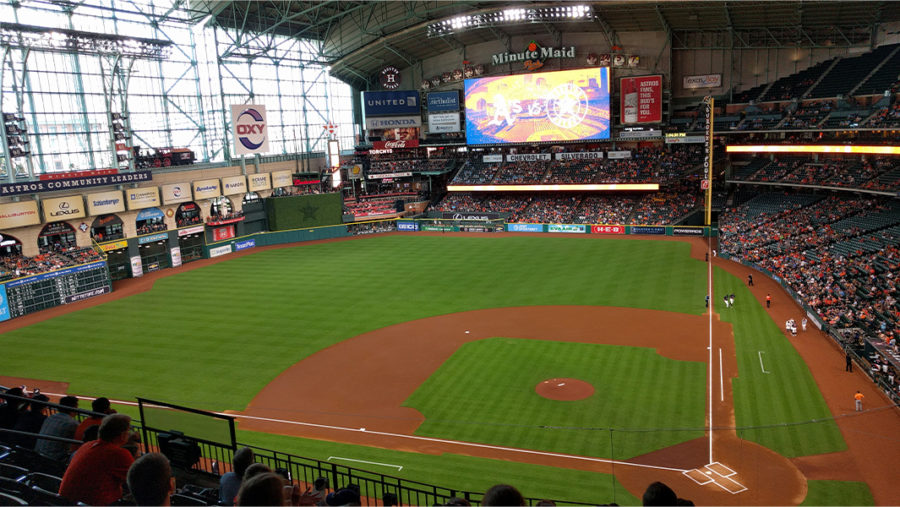MLB playoffs reveal a new generation of baseball
After a regular season spanning 162 games, the Major League Baseball (MLB) postseason began on October 1st, 2019 with the Washington Nationals and Milwaukee Brewers playing in the National League Wild Card game. It was the beginning of a whirlwind of games that resulted in the Nationals winning the World Series over the Houston Astros after seven games of back-and-forth baseball. For someone new to baseball, one individual playoff game would probably look like any other baseball game, but in reality, it’s played completely differently.
One of the main differences between postseason baseball and regular season baseball is the pitching. The number of pitchers who pitch per game and the amount of rest each pitcher has between appearances in the postseason is drastically different than in the regular season. During the regular season, pitchers need to preserve their arms as the long season leads to a high risk of injury. However, in the postseason, every game means so much that teams always want to have their best pitchers out on the field, leading to pitchers not getting much rest and certain pitchers pitching multiple games in a row. There are also more pitchers per game in the postseason, as the need to win means managers don’t keep struggling pitchers in the game for as long. This ends up increasing the length of each game: an average postseason game lasts 30 minutes longer than a regular-season game. This increased game time can make each game more monotonous, but to some fans, like Ford Leary ‘20, a catcher on Urban’s varsity baseball team, said “as a viewer, it’s just fun, and it’s so intense.”
Another aspect of the game that is accentuated in the postseason is pitch tipping. A pitcher tips their pitches by accidentally making a motion when they are pitching that lets the hitter know what pitch is coming. This came into play in this year’s World Series, as Nationals pitcher Stephen Strasburg, the World Series MVP, was tipping his pitches to Houston batters. Strasburg was lowering his glove before he would throw an off-speed pitch (like a curveball), allowing the hitters to adjust their timing to specific pitches.
The most essential part of pitching is keeping the batter off-balance, and making sure they don’t know what is coming. “You kind of get [the pitcher] out of his rhythm,” said Kyle Farmer, a backup catcher on the Los Angeles Dodgers, in an interview with Business Insider. If a pitcher is tipping his pitches, the advantage of surprise is gone.
Teams use signs to decide which pitches to throw every game. The catcher calls pitches using hand signals. These hand signals form a code that only the pitcher, catcher, and coach know. They change pretty much every game, as opposing teams and players are able to decipher the code and learn the hand signal that correlates to a specific pitch. If an opposing team deciphers the signs, they will know what pitch the pitcher is going to throw, resulting in the same loss of advantage as pitch tipping. Stealing signs happens in the regular season as well, but it is more pronounced in the postseason since there is more time to focus on the signs of one particular team. In a playoff series, players and coaches have more time to watch film on the opposing team, particularly pitchers. In Business Insider, A.J. Hinch, the manager of the Houston Astros and former MLB player, said “You can’t express enough how important it is to give no competitive advantage to the hitter when it comes to your signs, to what pitch the guy is throwing.”












